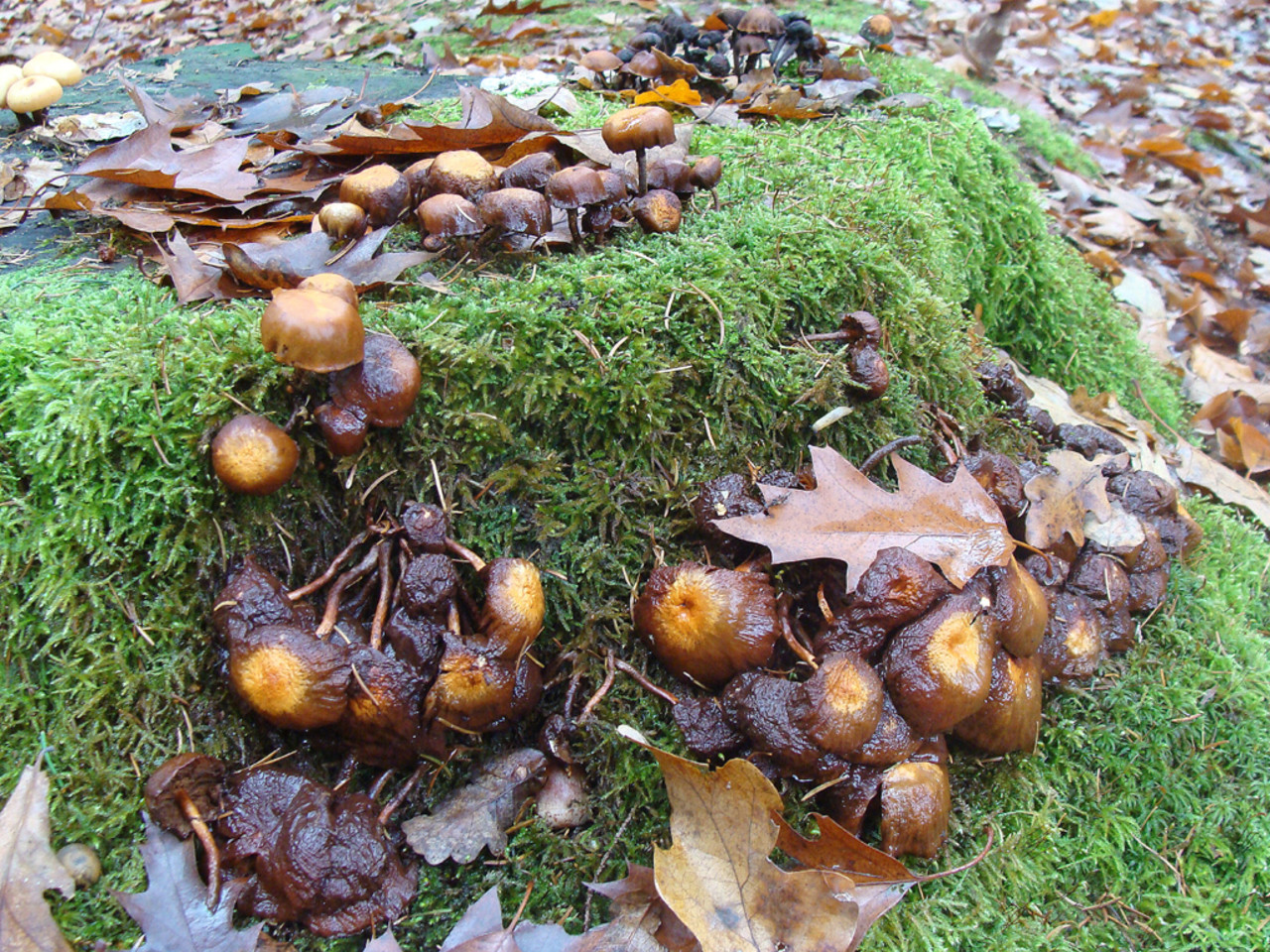Lighting for Museum Exhibitions: A Comprehensive Handbook
페이지 정보

본문
Museums are institutions that have a vast collection of some of the world's most valuable and culturally valuable artifacts and artworks, and as such, they require a meticulous lighting strategy permanent collections.
Proper lighting is essential for safeguarding the displays, providing visitors with an impressive visual display, and creating an atmosphere that is conducive to learning and appreciation.
Types of Museum Lighting
There are several illumination options that are commonly used in museums, each with its unique upsides and downsides.
Warm Illumination:
Halo lighting is designed to produce a soft, warm ambiance around an object, avoiding harsh glare.
Spot Lighting:
This type of lighting is a more intense form of lighting that focuses attention on specific areas to details that are often overlooked.
Ambient Lighting:
Flood lighting type provides a comprehensive lighting or entire exhibitions.
 Light Color:
Light Color:
The light color temperature is a critical factor in display cases. With warm white light, with a color temperature of 2700K-3000K,, is often used for lighting artifacts that may be damaged by UV exposure, such as paintings and textiles.
Lighting Decisions:
When choosing lighting for a museum exhibition, there are several important aspects to keep in mind, including:
The collectibility of the artifacts
The lighting requirements of the artifacts (e.g., UV sensitivity, heat output)
The display environment (e.g., bright and energetic)
The intended message (e.g., entertaining)
Lighting Principles for Museum Exhibitions:
There are several lighting principles that are used to create an engaging and informative visual experience. These principles include:
Visual Contrast:
Contrast is the difference in light value between two adjacent areas.
Depth and Volume:
This technique is the manipulation of light and shadows light to create a specific effect.
Texture and Pattern:
This principle refers to the repetition of shapes, patterns, and textures in a display.
Guidelines for Lighting Displays:
There are several best strategies that museums use when lighting exhibitions. Some of these best practices include:
LED lights are cost-effective and emit minimal heat.
Overhead lighting can be harsh which can create glare and discomfort.
Filters and Diffusers and accessories to mold and ресепшн для гостиницы на заказ bend light.
Focusing on the interaction light interferes with the artifacts on display, rather than just the visual appeal of the lighting equipment itself.
The Final Word:
Lighting is a key aspect of permanent collections, and it requires a great deal of thought and consideration. By different lighting options, the correct illumination hue, and the various lighting principles,, museums create engaging and informative visual experiences that foster appreciation and comprehension of the {artifacts on display.
Proper lighting is essential for safeguarding the displays, providing visitors with an impressive visual display, and creating an atmosphere that is conducive to learning and appreciation.
Types of Museum Lighting
There are several illumination options that are commonly used in museums, each with its unique upsides and downsides.
Warm Illumination:
Halo lighting is designed to produce a soft, warm ambiance around an object, avoiding harsh glare.
Spot Lighting:
This type of lighting is a more intense form of lighting that focuses attention on specific areas to details that are often overlooked.
Ambient Lighting:
Flood lighting type provides a comprehensive lighting or entire exhibitions.
 Light Color:
Light Color:The light color temperature is a critical factor in display cases. With warm white light, with a color temperature of 2700K-3000K,, is often used for lighting artifacts that may be damaged by UV exposure, such as paintings and textiles.
Lighting Decisions:
When choosing lighting for a museum exhibition, there are several important aspects to keep in mind, including:
The collectibility of the artifacts
The lighting requirements of the artifacts (e.g., UV sensitivity, heat output)
The display environment (e.g., bright and energetic)
The intended message (e.g., entertaining)
Lighting Principles for Museum Exhibitions:
There are several lighting principles that are used to create an engaging and informative visual experience. These principles include:
Visual Contrast:
Contrast is the difference in light value between two adjacent areas.
Depth and Volume:
This technique is the manipulation of light and shadows light to create a specific effect.
Texture and Pattern:
This principle refers to the repetition of shapes, patterns, and textures in a display.
Guidelines for Lighting Displays:
There are several best strategies that museums use when lighting exhibitions. Some of these best practices include:
LED lights are cost-effective and emit minimal heat.
Overhead lighting can be harsh which can create glare and discomfort.
Filters and Diffusers and accessories to mold and ресепшн для гостиницы на заказ bend light.
Focusing on the interaction light interferes with the artifacts on display, rather than just the visual appeal of the lighting equipment itself.
The Final Word:
Lighting is a key aspect of permanent collections, and it requires a great deal of thought and consideration. By different lighting options, the correct illumination hue, and the various lighting principles,, museums create engaging and informative visual experiences that foster appreciation and comprehension of the {artifacts on display.
- 이전글When it comes to pulling a long boat trailer down the trail, precautions should be your number one top concern. Far too many people underestimate the risks and related dangers of hauling a trailer, especially narrow and uneven trails, which can spell disa 25.03.21
- 다음글Innovative Orientation Made Accessible for Museums at Museums 25.03.21
댓글목록
등록된 댓글이 없습니다.


